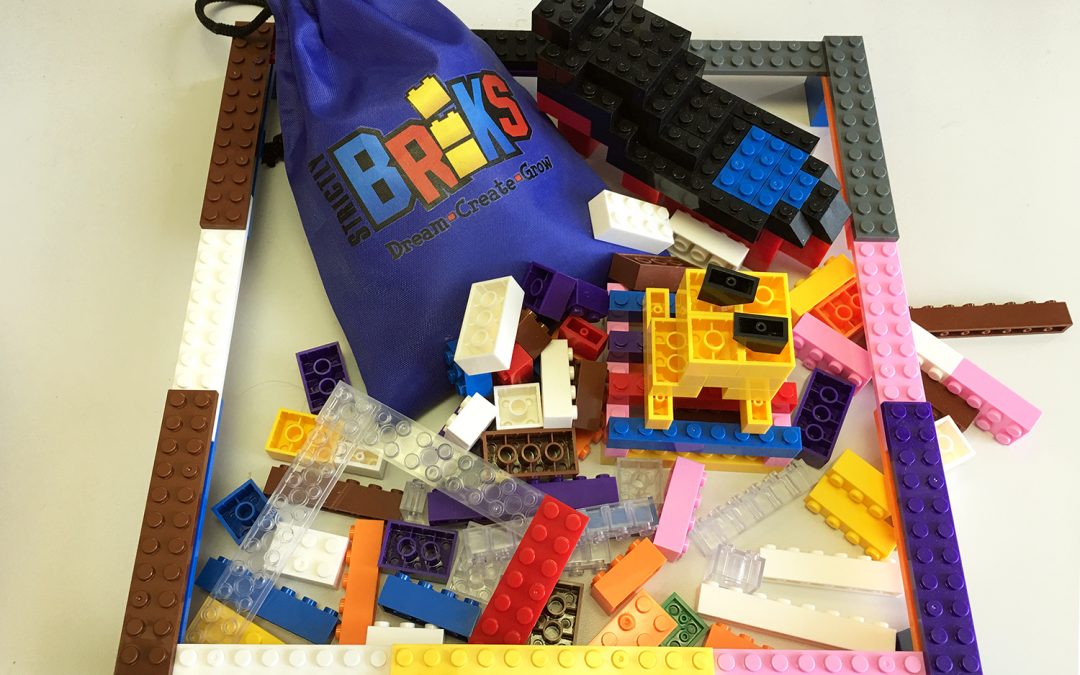Building Blocks Therapy for Autism
Posted by Brian Semling on Jan 17th 2019
Children of all ages, backgrounds, and lifestyles thrive on familiarity. But according to Australia’s Autism Spectrum.org for children with autism, the importance of familiarity and a repetitive routine is even greater.
When a child with autism is asked to break the cycle of familiarity that he or she is used to, frustration and anxiety surface, impeding the child's decision-making process and his or her ability to adapt to change. But one of the most familiar and fun activities for any child, regardless of his or her health, is building blocks therapy, an especially powerful wayof building social skills and teamwork among children with autism.

Solitary Play Versus Parallel Play
A child is in solitary play when he or she playing alone, a style of entertainment preferred by most autistic children. When they’re playing with other children, that child is engaging in parallel play. Children with autism often have trouble co-operating with and understanding social situations in which parallel play is involved.
It is not that these children do not want to play with others, they simply do not know how. This is described as "a manifestation of the challenges of autism around communication and social cues. Their disability interferes in their ability to play as others play, it does not necessarily interfere in their desire to play or interact with others," according to studies conducted by the University of Indiana.
Block-Building and Play Groups
A solution to getting more autistic children involved and playing with others is through therapeutic block-building activities that are facilitated by what author Pamela Wolfberg calls Play Groups, or groups of children with autism that are overseen and managed by adults. According to the Raising Children Netwrok, this style of play is called structured play and is especially useful for teaching children with autism skills developed in early childhood, like sharing and taking turns. The goal is to gradually decrease the amount of guidance provided by the adults to the point where the children can start and finish an activity on their own.
Another advantage of using structured-play activities to teach children with autism is their extremely low levels of stress. Structured play activities are not timed and the children are not being forced to rush. The children are in charge of pacing themselves and are only being monitored to facilitate completion of the activity.
How to Create Structured Play Activity
The first step is to find an activity that can be easily structured and monitored by adults, preferably one centered around therapeutic block-building. A couple of 10" x 10" Brik Sets from Strictly Briks is a great place to start: everything a child needs to build something is included and the sets can be used to create both open-ended and close-ended activities, which allows the supervising adults many avenues of approach when organizing the activity.
The second step is to create a visual schedule that illustrates expectations for the children, something that's easy to look at and follow. A great example of a visual schedule is a cork board that represents the steps of the activity via flashcards in a specific order. As the activity progresses, remove each flashcard when its corresponding task is completed. Each time you conduct this activity, take away a small portion of your instruction. Over time, the children will learn how to start and finish this activity by themselves, with some minor guidance here and there.
The objective of this activity is not to gauge the finished product the children create; rather, it's to encourage them to finish what they started through parallel play and co-operation. This will, in turn, enhance social skills, social adaptation, and teamwork.
Improve Structured Play Activity with Strictly Briks
It's important to keep in mind what the children are interested in when planning a structured play activity. Find out what each one likes the most and then center your activity around as much common ground as possible. Another way to improve your activity is by introducing something new here and there. Expand on the number of activities you conduct and what each one will specifically entail.
With Strictly Briks toys, you have an endless array of options to choose from to provide just the right amount of diversity and therapeutic block-building. We have 3D play sets with specific themes as well as brick sets with base plates so your child’s critical and creative thinking can develop. Our brick building sets do not include any instructions, permitting an endless flow of creativity and unlimited use of imagination.
